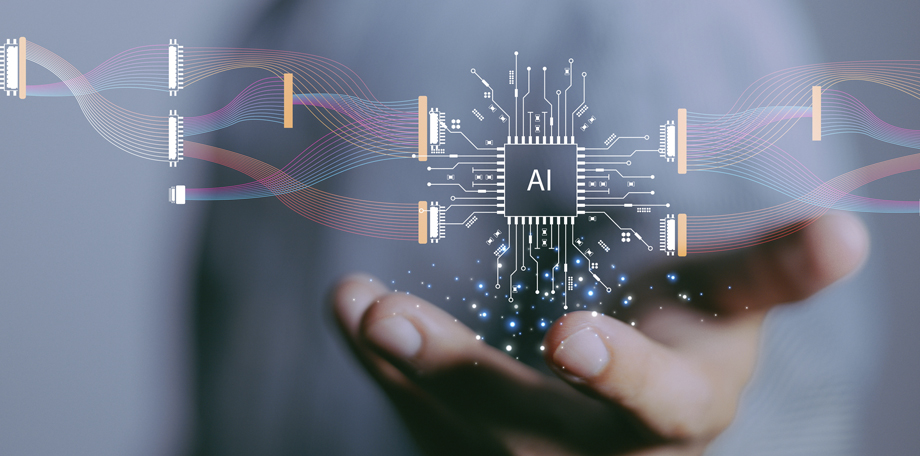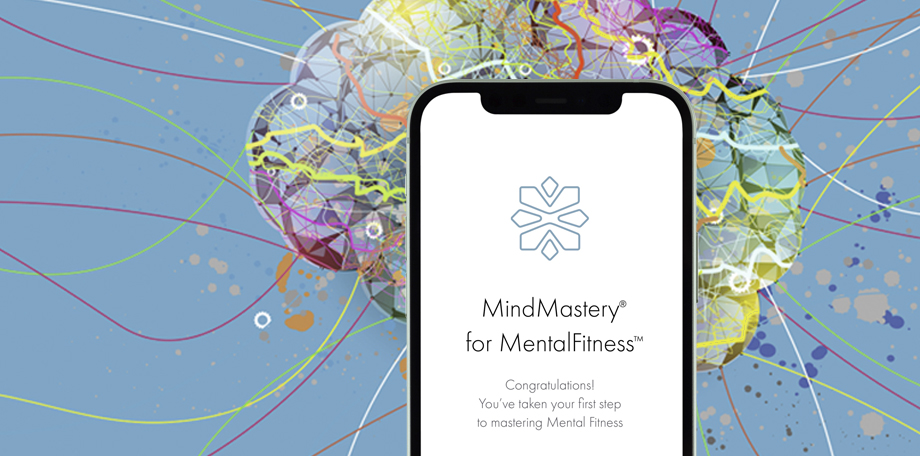AI’s role in the workplace is moving into a new phase. More people are embracing it at work and see the potential of AI as a time-saving tool that will help them focus on more strategic or important tasks.

In a recent survey by Asana’s Work Innovation Lab of over 4500 workers in the U.S. and U.K., it’s clear that not just employees are using AI but leaders have also adopted it as well. 55% of executives surveyed said they use AI for goal setting, while 61% believe that the technology will help them reach their goals more effectively than traditional methods. 51% of executives even said they would be willing to pay more money for workplace tools if they were powered by AI.
Be a Better Coach
It’s no secret that leaders are being pressured to focus more on developing and coaching their direct reports. Younger workers have high expectations for real-time, personalized feedback. A survey conducted by Amazon and Workplace Intelligence found that 74% of Gen Z-ers and Millennials are thinking about switching careers in the next year due to a lack of career mobility and skills development options. They want the whole package in an employer: career development, company culture, flexibility, compensation, and benefits.
But how can a leader who already has a full workload increase their employee coaching without succumbing to burnout? These leaders understand the clear benefits, such as job satisfaction and increased performance, and it’s not commonplace just yet, but many executives are turning to AI tools for help.
From note-taking software that reduces reliance on memory during meetings to tools that capture live conversations and analyze tone and pace, these tools that aggregate data and provide insights are helping managers better coach their employees. No longer does a sales manager have to spend hours listening to a new salesperson’s calls to provide feedback. Instead, efficient knowledge transfer is happening so that the new hire can listen to example sales calls at their own pace. They get an understanding of what works and what doesn’t work without having to have direct training from a supervisor.
These are just a couple of examples, but new offerings continue to emerge that could enhance managerial coaching in organizations.
Be Transparent
If you do decide to use an AI tool in your dealings with an employee, especially if judging his or her efficacy, it’s important to be transparent. Harvard Business Review reports one study showed that employees resented AI-based feedback, even if it was objectively helpful, if they were not told in advance that their manager was using it.
I recently had a conversation with a coaching client (we’ll call him Todd) who admitted using ChatGPT to assist him in writing his employee performance evaluations. This was actually suggested to Todd by one of his employees, so he made it clear to everyone that he started the process with the AI tool. He provided detailed notes about employees, addressing points of performance gaps as well as excellence. Todd tweaked the results provided by AI until he got the information he wanted and then he edited it to sound as his voice. In the end, he found it to be a very positive experience because it saved him hours of work. What used to take him two to three hours per employee was reduced to just one hour with the help of ChatGPT.

If a manager uses an AI tool, it should be used in a way to create a better human experience for both managers and employees. Todd was honest with his employees about his process for the performance reviews and the employees appreciated them being done in a timelier manner than he had been able to do in the past. Todd had meaningful conversations in the debrief sessions with his employees because in some ways, using the tool took the emotion out of the situation. An AI-powered tool can help bring objectivity to a sensitive situation like a performance review.
Research has shown that employees are more accepting of AI-generated feedback when it comes from managers with transformational leadership styles. Managers can’t just deliver a message – they must be the important link between humans and machines. The feedback should be seen as coming from them not AI.
Our MindMastery App
I recently saw a graphic in an article about AI that had a diagram of an arrow pointing to a person, then that same arrow continuing to an AI tool and the arrow continued right back to the person, making a complete circle. That continuous loop represented feedback.
JMA’s MindMastery App, though not an AI-tool, works the same way. It focuses on building four key areas: self-awareness, mindfulness, emotional intelligence, and resilience. The free version allows you to record your moods and thoughts (if you have trouble identifying them, check out this list of 850+ descriptors). The idea is that if you can identify how you are feeling, you can identify the moment that you start to feel that way and if that’s a negative state (anger, anxiety, overwhelm, etc.) you can start to train your brain to see the situation and therefore, react differently.
Our coaches analyze the data the app puts together so that we can identify patterns. Essentially, we help you be aware of the running commentary you have in your brain each day that could be sabotaging your performance both in your career and at home.

Be Open to Training Yourself
There can be a significant gap between thinking you are coaching your team versus just telling employees what to do. Another study shows that most managers don’t understand what coaching really is. So not only does there need to be an investment in the technical aspect of using AI to coach employees but also an investment in learning how to coach in the first place.
There’s no better way to learn how to coach someone than being coached by a human yourself. Our team is ready to share our methodology that will not only make you a better executive but will in turn lead to better coached employees, which only creates harmony in an organization, as well as increased productivity.
Learn more about executive coaching
